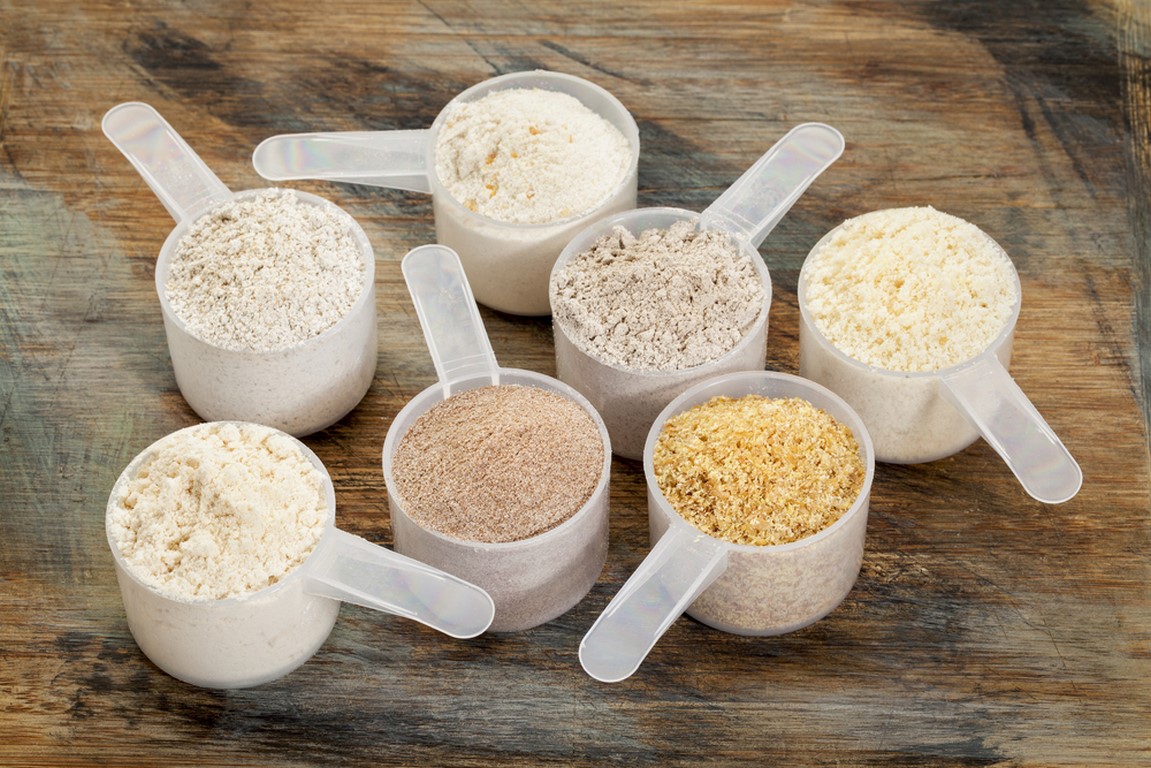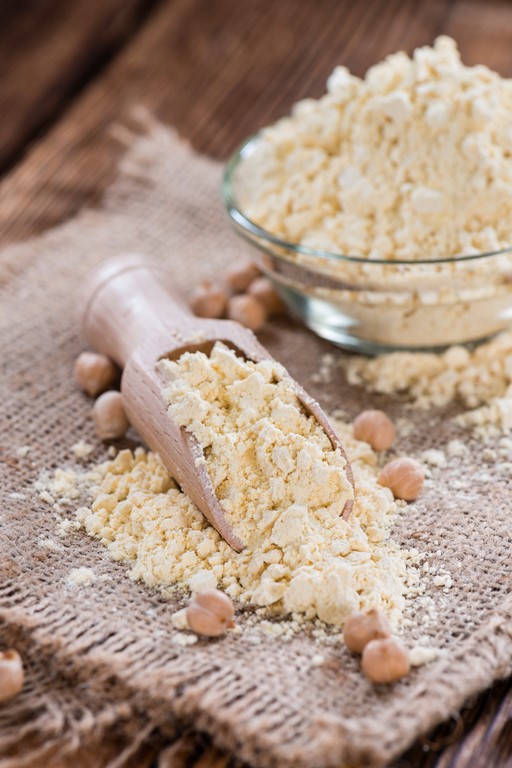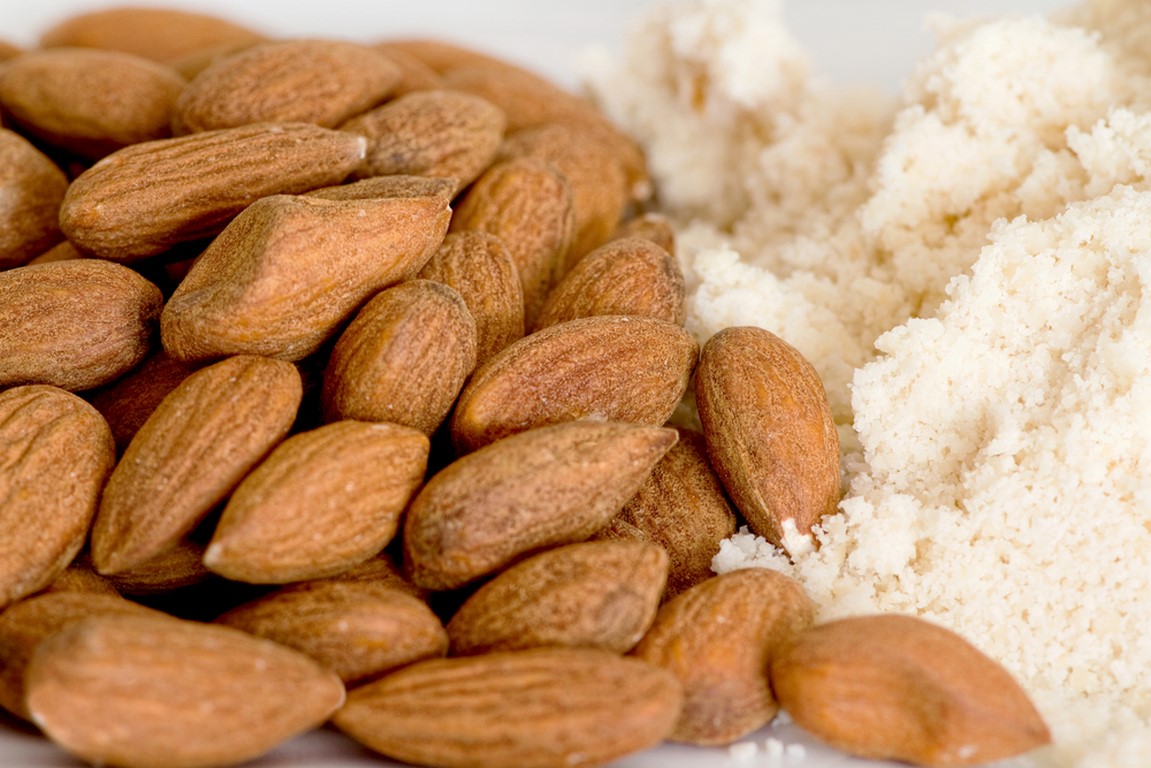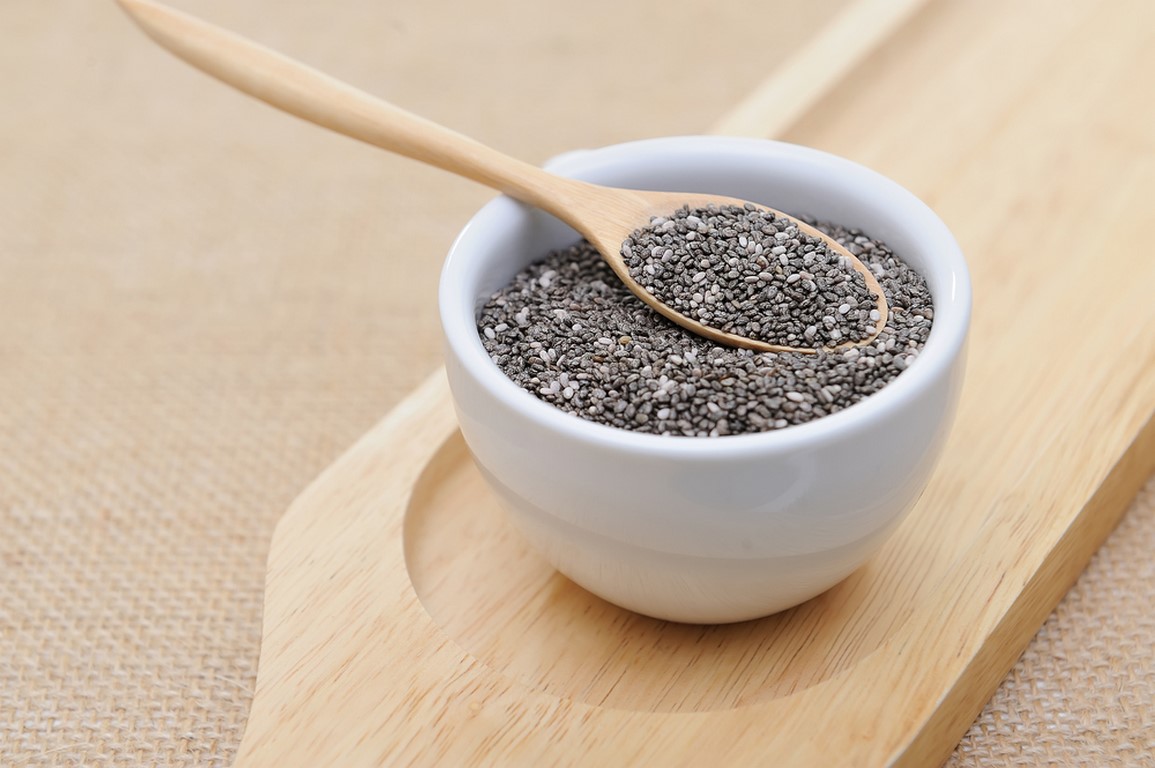With so many great alternatives on the market, your baking days needn’t be over if you’ve eliminated grains from your diet! But knowing which flour alternatives to use, and when, can be tricky, especially with so much choice. So let Italian chef Ambra Torelli guide you through her favourite replacements and show you how to make the most of them…

The complete guide to grain free flours
Just remember, if you are following a grain free diet as part of the Auto Immune Protocol (AIP), keep in mind that not all the grain free flours are AIP as you also need to stay away from nuts, seeds, legumes and nightshades like potatoes.
Arrowroot Powder: *AIP approved
Arrowroot is the starch, extracted from the rhizomes of the tropical plant “Maranta arundinacea”. It can be used as a thickener in soups and in baked goods as a replacement of corn starch.
Banana Flour: *AIP approved
Banana flour is a starch derived from ground green bananas. It’s a resistant starch with a high content of potassium and prebiotic fibres that promote the growth of good bacteria in the gut and can also assist with weight loss.
Cassava Flour: *AIP approved
Cassava flour derives from a South American tuber called “Manihot Esculenta”, also known as “yuca”. This plant is extensively cultivated in tropical regions for its edible starchy root, a major source of carbohydrates that can produce a great grain free flour that’s the perfect alternative for regular wheat flour. It’s one of the main staples of my grain free baking action. For some of my best cassava based desserts check out this Paleo Dome Pastries or this Ritornelli Cookies.

Chestnut Flour: *non AIP
This delicious flour made from ground chestnuts is a very smooth, fine powder that’s great for baking with no sugar as it’s naturally sweet. Also, since chestnuts do not contain the fat content of regular nuts but are mainly composed of carbohydrates, they make a powder that’s more similar in texture to regular flour. Chestnut flour has been used in Italy for centuries in baking breads and sweets.
Chickpea Flour: *non AIP
This flour made of chickpeas or garbanzo beans is frequently used in Indian and Southern European cuisines and does not have to be combined with other flours (although it can). Try this Farinata, an amazing Italian savoury pancake that’s absolutely grain free!
Coconut Flour: *AIP approved
This grain free flour derives from finely ground, dried and mostly defatted coconut meat. It has a low carb content and contains 61% fibre. It has a slightly sweet flavour and it should mainly be used in combination with other grain free flours as it absorbs the liquid ingredients very quickly. You can read more about it in my “all things coconut” post.
Legume Flour: (black bean, lentil, pea) *non AIP
Any kind of dry bean when ground can produce a fine flour. This product is high in protein and since it has a distinct bean flavour is better when used in savoury dishes like pizza crusts or crackers. As you can see from this video I shot in Italy about all the artisanal kinds of legume pasta they produce there, bean flours are commonly found as the main ingredient in alternative grain free pastas. And if you feel up for it, try my super easy Pasta Tricolore !

Nut Flour: (almond, cashew, hazelnut) *non AIP
Nut flours are ground from the rind that remains after the oils are pressed from nuts. They’re great for replacing grains as they add a deliciously rich flavor to your baked goods. Just make sure you don’t get carried away with nut based cookies as they have pretty high fat concentrate.
Plantain Flour: *AIP approved
Plantain flour is great for baking savory dishes and crackers and I also like to use in replacement of bread crumbs. You can find it in African grocery stores or make it yourself by baking sliced plantain until crunchy and completely dehydrated and grinding in a high speed blender.
Potato Starch: *non AIP
The starch extracted from potatoes is a great substitute for cornstarch in all the recipes that calls for it. It’s perfect to be used in risen cakes as it keeps them fluffy and allows for proper rising. This is ingredient is not AIP since potato is a nightshade. The AIP replacement for this ingredient is Sweet Potato Starch (described below).

Seed Flour: (chia, flaxseed, hemp, sunflower seed) *non AIP
Seeds can be ground into a meal and used as a flour replacement. Hemp is good for baking savoury crackers and hard cookies, while chia, flax and sunflower seeds are great for preparing raw crusts and dehydrated wraps as they act as a gooey binder that keeps all the ingredients together.
Sweet Potato Starch: *AIP approved
As opposed to regular white potatoes, sweet potatoes aren’t nightshades but they belong to the Tropical American vine of the morning glory family. Its starch has very similar properties to those of regular potato starch with the added plus of being AIP approved. I use it in my Coconut Macaroon Kisses and it keeps them fluffy and delicious!
Tapioca Starch (*AIP approved)
Tapioca, unlike cassava flour, is the only the starch extracted from the cassava root and then ground into flour. It is used as a thickener for soups and as a replacement for cornstarch in baked goods. Tapioca is very sticky and you only need a tiny bit to enhance the texture of your cookies and crusts. Go easy with it!
Tigernut Flour: *AIP approved
Also known as “Chufa”, this ingredient is not a nut but a small root vegetable originated in Northern Africa and the Mediterranean area. It has a deliciously sweet taste and it’s extremely high in fibre, iron, potassium, and vitamins E & C. You can learn more about tigernut in this extensive Video Blog or simply start baking with it using the recipe for this Grain Free Chocolate & Banana Pie!
For more information, visit www.littlebitesofbeauty.com
 About the author: Born and raised in Italy, Ambra Torelli grew up as a devoted lover of all things Italian. After an MA and a Phd in Italian Literature, she graduated from the Carpigiani Gelato University in Bologna, learning the secrets to making the world’s best gelato. You can find more of her delicious recipes on her blog, or you can get in touch with her on Facebook, Twitter or Instagram.
About the author: Born and raised in Italy, Ambra Torelli grew up as a devoted lover of all things Italian. After an MA and a Phd in Italian Literature, she graduated from the Carpigiani Gelato University in Bologna, learning the secrets to making the world’s best gelato. You can find more of her delicious recipes on her blog, or you can get in touch with her on Facebook, Twitter or Instagram.
